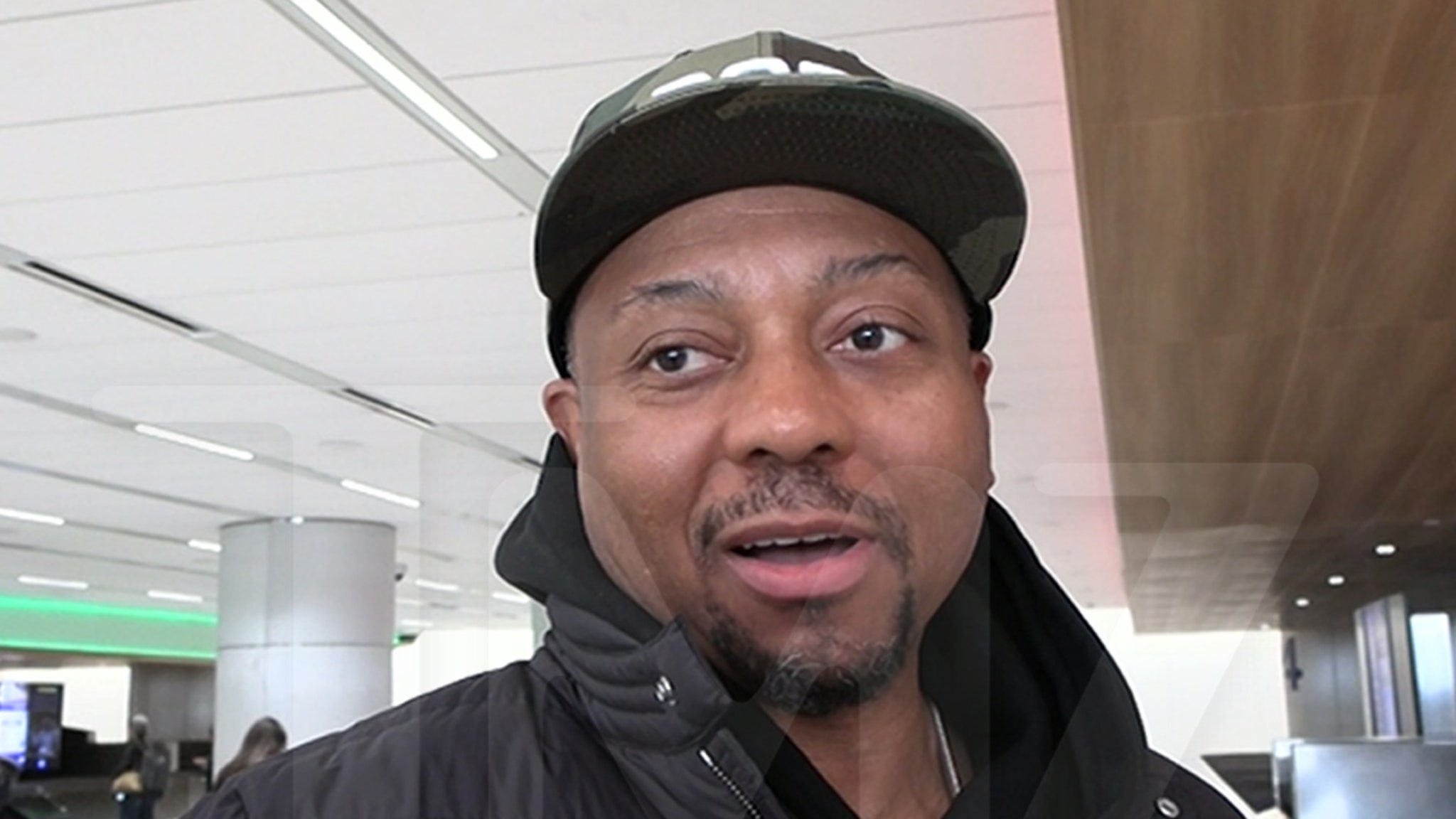Culture
10-Minute Challenge: Edward Hopper’s ‘Manhattan Bridge Loop’

Thanks for spending time with the art! If you want to look a little longer, just scroll back up and press “Continue.” Now, we’ll tell you a little bit about it.
Our guide today is Gordon Wilkins, a curator at the Addison Gallery of American Art in Andover, Mass., where this painting, “Manhattan Bridge Loop,” spends most of its time.
Edward Hopper completed the picture in 1928; it has been studied carefully ever since. In 1940, the Addison featured it as a centerpiece in a show called “The Architecture of a Painting”:
When the museum was first planning the show, curators asked Mr. Hopper why he painted this picture the way he did. His reply began: “You are asking me to do something which is perhaps as difficult to do as painting is; that is to explain painting with words.”
But he obliged anyway. Mr. Hopper wrote that he was primarily interested in the “vast field of experience and sensation.” Form and color and structure were the tools he used to express those ideas.
He said the work had been planned “very carefully in my mind”; he made just a few small sketches like these below, also in the museum’s collection:
The scene shows the approach to the Manhattan Bridge in 1920s New York. A trolley ran along the bridge — through the gates shown in the painting — on a loop connecting our scene in Lower Manhattan to Brooklyn. This 1919 photograph shows the location:
Mr. Hopper returned to the spot often, about a half-hour walk from his studio, to refresh his memory of the full scene.
Consider the orientation: Our painting is horizontal in an increasingly vertical New York. Skyscrapers were rising. Construction started on the Chrysler Building the same year this was painted, and the Empire State Building broke ground two years later.
The horizontal nature of the picture “is an effort to give a sensation of great lateral extent,” Mr. Hopper wrote. “Carrying the main horizontal lines of the design with little interruption to the edges of the picture,” he said, helped make the viewer “conscious of the spaces and elements beyond the limits of the scene itself.”
Those horizontal lines pull your eye to the left, while a series of repeated triangles push your eyes back to the right:
Short vertical lines contrast with those long horizontal ones. You may have noticed that nothing is quite straight.
“Even the lamp post, which is pretty vertical, is a little off,” Mr. Wilkins said. “Everything’s a little off.”
Mr. Hopper simplified the scene down to basic forms and stripped away most signs of life. There is no trash, no trolley, no traffic, no life in the windows.
“It looks like the rest of the world has been raptured,” Mr. Wilkins said.
There are no people, either — except the lone figure walking away from us:
This man is half in shadow, with his head down. In a few more steps, he’ll be out of our frame.
Mr. Hopper is famous for his loners who feel caught in deep thought — in offices, in theaters and, most famously, in restaurants:
When these figures are placed alone — often amid large blocks of color and shadow, with few other details in the scene — the contrast between them and the worlds they inhabit heightens.
In those scenes, and in the one we’re exploring today, the painting would feel dramatically different without these characters. (Go back and cover this figure with your thumb. The painting feels different, doesn’t it?) Mr. Hopper brings this contrast to the forefront. The result is almost unsettling, even if we can’t say why.
“You see this solitary figure who is subsumed by this massive built environment,” Mr. Wilkins said. “And he’s being compressed, almost squashed, to the bottom. This man is not at home in this world.”
Independent of the psychological impression it may or may not leave on a viewer, the scene is still simply a view of a New York during a dynamic period.
“It’s this great image of a city and a person in transition,” Mr. Wilkins said.
Mr. Hopper conceded that the process of making a painting was at times mysterious — even to him. The man he painted is in darkness, but it’s easy to miss that half the painting is of a perfect blue sky.
“Why I select certain subjects rather than others, I do not exactly know, unless it is that I believe them to be the best mediums for a synthesis of my inner experience,” Mr. Hopper wrote in the letter about this painting. “So much of every art is an expression of the subconscious, that it seems to me most all of the important qualities are put there unconsciously, and little of importance by the conscious intellect.”
The contrasts — between the bright sky and the dark skyline, between the lone man and the surrounding city, between the horizontal canvas and the rising buildings — leave the painting open to many interpretations.
In his letter, Mr. Hopper concluded: “But these are things for the psychologist to untangle.”

















![How Did ‘Yellowstone’ Season 5 End? Breaking Down [Spoiler’s] Death How Did ‘Yellowstone’ Season 5 End? Breaking Down [Spoiler’s] Death](https://www.usmagazine.com/wp-content/uploads/2024/12/How-Did-Yellowstone-Season-5-End.jpg?crop=70px%2C193px%2C1930px%2C1012px&resize=1200%2C630&quality=78&strip=all)









